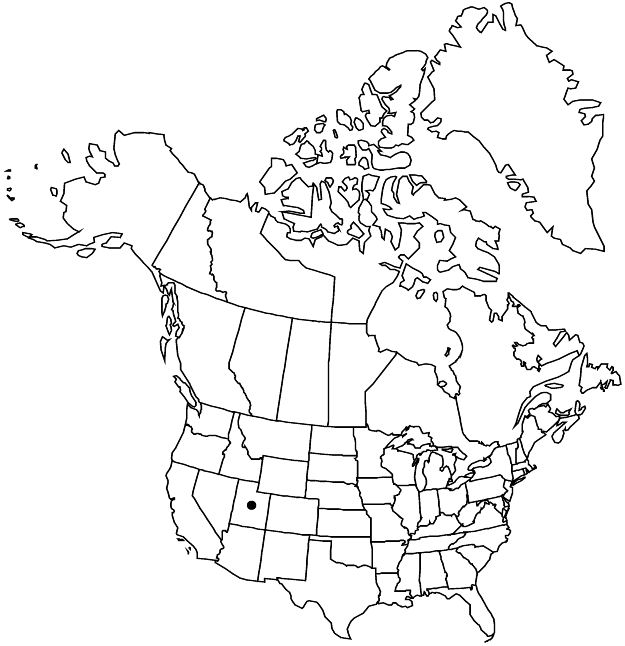Ivesia utahensis
Proc. Amer. Acad. Arts 17: 371. 1882.
Plants green, rosetted to tufted; taproot proximally enlarged, not fleshy. Stems prostrate to ascending, 0.5–1.5 (–2) dm. Basal leaves ± tightly cylindric, 2–7 (–9) cm; sheathing base glabrous abaxially; petiole 0.5–2 cm, hairs 0.5–1 mm; leaflets 15–20 per side, 2–4 mm, glabrate or sparsely short-hirsute, sparsely to densely glandular, lobes (2–) 3–8, narrowly oblanceolate to obovate, apex not setose. Cauline leaves (0–) 1, not paired. Inflorescences (5–) 10–30-flowered, 1–2.5 (–5) cm diam.; glomerules 1–few. Pedicels 1–7 mm. Flowers 7–9 mm diam.; epicalyx bractlets narrowly oblong to oval, 0.8–2 mm; hypanthium shallowly cupulate, (1–) 1.5–2 × 2.5–3.5 mm; sepals (1.8–) 2–3 mm, acute; petals white, sometimes pink-tinged, oblanceolate to spatulate, 1.8–3 mm; stamens 5, filaments 1.3–1.8 mm, anthers orangish to reddish-brown, 0.4–0.6 mm; carpels (1–) 2–4, styles 1.5–2 mm. Achenes yellowish green to light tan or gray-brown, 1.7–1.9 mm.
Phenology: Flowering summer.
Habitat: Talus slopes, bare ridges, in high-elevation sagebrush communities, subalpine to alpine conifer woodlands
Elevation: 3200–3700 m
Discussion
Of conservation concern.
Ivesia utahensis is known from the Wasatch and adjacent Uinta Mountains in northern Utah. The species stands as the white-petaled counterpart to the yellow-petaled Sierran I. lycopodioides, possibly indicating a common ancestral stock that was once more continuous across the Great Basin.
Selected References
None.
Lower Taxa
"thin" is not a number."dm" is not declared as a valid unit of measurement for this property."dm" is not declared as a valid unit of measurement for this property."dm" is not declared as a valid unit of measurement for this property.
